calsfoundation@cals.org
St. Paul (Madison County)
| Latitude and Longitude: | 35°49’27″N 093°45’51″W |
| Elevation: | 1,516 feet |
| Area: | 0.45 square miles (2020 Census) |
| Population: | 111 (2020 Census) |
| Incorporation Date: | May 30, 1891 |
Historical Population as per the U.S. Census:
|
1810 |
1820 |
1830 |
1840 |
1850 |
1860 |
1870 |
1880 |
1890 |
1900 |
|
– |
– |
– |
– |
– |
– |
– |
– |
417 |
315 |
|
1910 |
1920 |
1930 |
1940 |
1950 |
1960 |
1970 |
1980 |
1990 |
2000 |
|
430 |
284 |
198 |
211 |
136 |
118 |
145 |
198 |
88 |
163 |
|
2010 |
2020 |
|
|
|
|
|
|
|
|
|
113 |
111 |
|
|
|
|
|
|
|
|
St. Paul is a town in southern Madison County on the banks of the White River. Crossed by State Highways 16 and 23, St. Paul is just to the north of the Ozark National Forest and is near several high peaks of the Ozark Mountains.
Osage hunted and fished in the Ozark Mountains of northern Arkansas long before the first white settlers arrived. By 1834, fifteen settlers had already made their homes in the White River valley around St. Paul. A post office was established there in 1840. A Methodist church was also established around that time. The earliest land patent issued for the area was received by William Ake in 1848. He was joined by Fielden Salyer in 1860.
The Fayetteville and Little Rock Railroad (soon to become a branch of the St. Louis–San Francisco Railway) arrived in St. Paul in 1887. Salyer apparently gave the right-of-way to the railroad, which crossed his land. A town was platted by the railroad company, and residents relocated from the earlier St. Paul, which became known as Old St. Paul but also was identified by some as Scully. New St. Paul was first called Louisa, the name given to the post office that opened there in 1887. The next year, Old St. Paul’s post office was renamed Mills—and it closed shortly thereafter. Louisa was renamed St. Paul in 1888. St. Paul was incorporated in 1891.
Trees were harvested in the St. Paul area, many of them converted to railroad ties. The town grew quickly, with general merchandise stores, stables, three hotels, blacksmiths, twelve lumber mills, and a distillery. A school was established in St. Paul, named for prominent citizen Hugh McDanield, and a newspaper—the St. Paul Republican—was established by Augustus Lowe, a grandson of former governor Isaac Murphy. The town also had barbershops, drugstores, a movie theater, a Masonic lodge, and a jail.
Around the beginning of the twentieth century, St. Paul was proposed as the county seat for Madison County, but residents of the county chose to keep the government in the more centrally located community of Huntsville (Madison County). The Bank of St. Paul was incorporated in 1905 and continued operation until the Depression; it was declared insolvent in 1931, and its operators were charged with criminal intent and indicted for continuing to receive deposits after the insolvency was declared.
State highways were built through St. Paul in 1924 and 1925, connecting the town to Huntsville, Ozark (Franklin County), Winslow (Washington County), and Fallsville (Newton County). The prosperity of St. Paul declined with the collapse of the lumber industry. The last train passed through the town in 1937. A new school building was constructed by the National Youth Administration (NYA) and the Works Progress Administration (WPA) in 1939. The school was consolidated into the Huntsville School District in 1948, although students still attend St. Paul High School.
During the 1920s, residents of St. Paul established an annual reunion for graduates of the school. Over time, this event became a festival called Pioneer Day, which includes a parade, handcrafts, square dancing, music, and food and drinks. During the festival, residents dress in clothing of an earlier time.
In 2015, St. Paul had a restaurant, a grocery store, an art supply store, and an electronics store.
For additional information:
Faubus, Orval E. “The Establishment of St. Paul.” Madison County Record, October 17, 1974, p. 2.
———. “Interesting Gleanings from the St. Paul Republican.” Madison County Record, October 24, 1974, p. 2.
“Pioneer Day at St. Paul.” Rural Arkansas (September 1972): 4.
Russell, Joy. Stepping Back into Time: St. Paul, Arkansas, 1886–1937. Huntsville, AR: Madison County Genealogical and Historical Society, 2005.
White, Charles R. “Thousands Attend St. Paul Pioneer Day.” Madison County Record, September 19, 1974, p. 1.
Steven Teske
Butler Center for Arkansas Studies
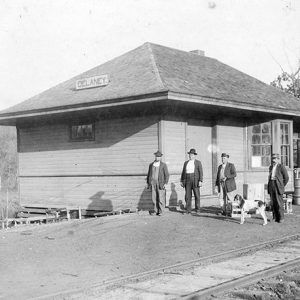 Delaney Depot
Delaney Depot 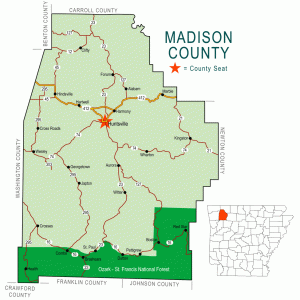 Madison County Map
Madison County Map 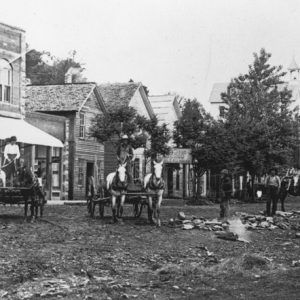 St. Paul
St. Paul 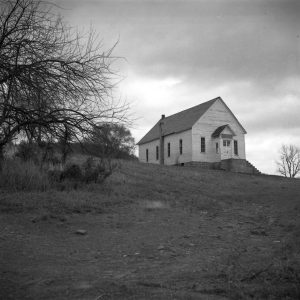 St. Paul Church
St. Paul Church 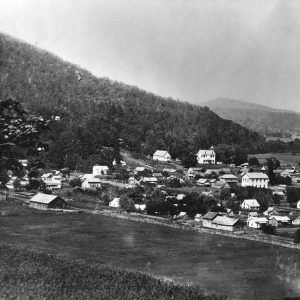 St. Paul Overlook
St. Paul Overlook 



The town of Saint Paul is amazing. I grew up there and then moved to Oklahoma. I regret moving, to be honest with you, because I left my hometown and, not only that, my friends and family.